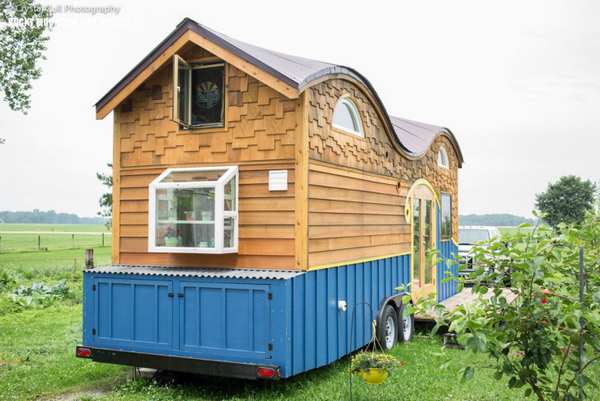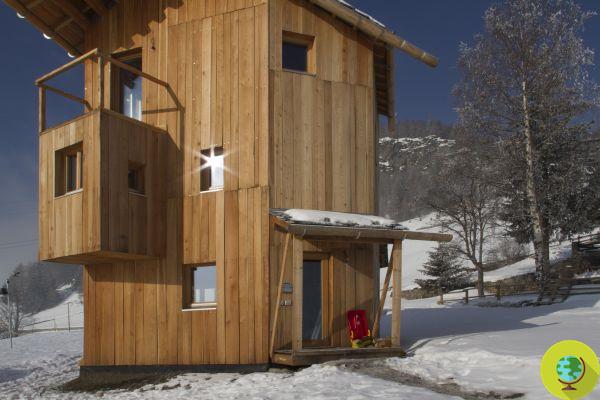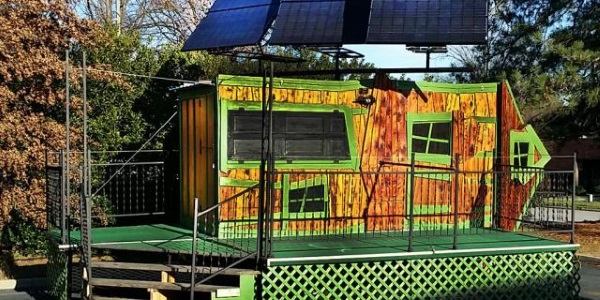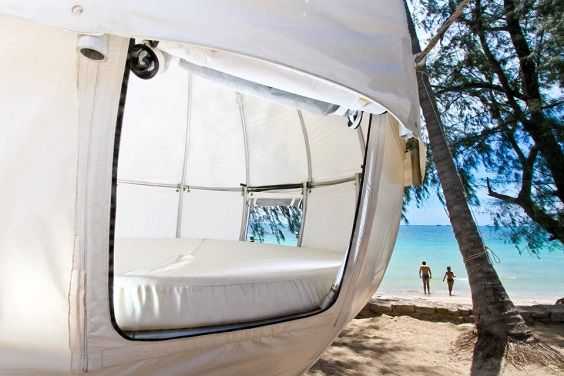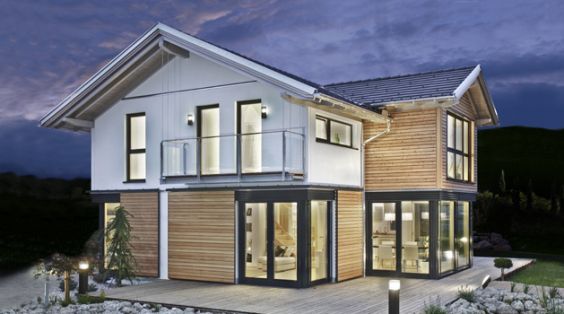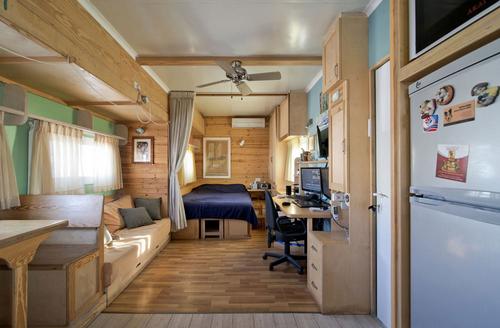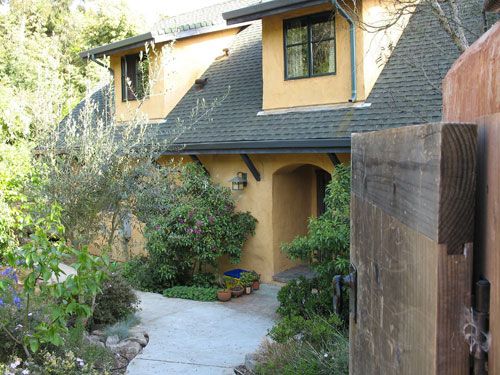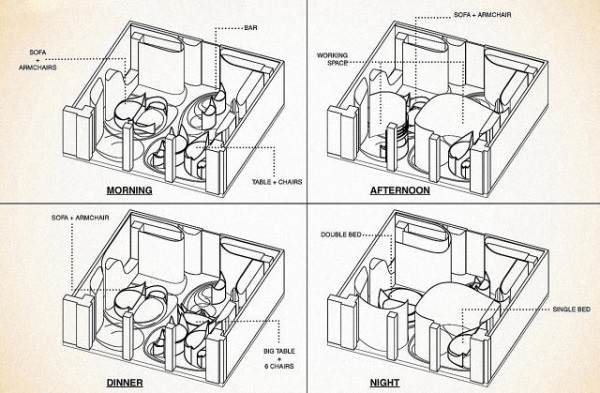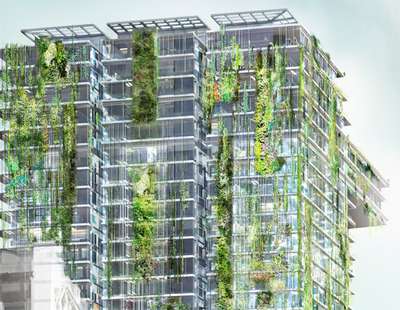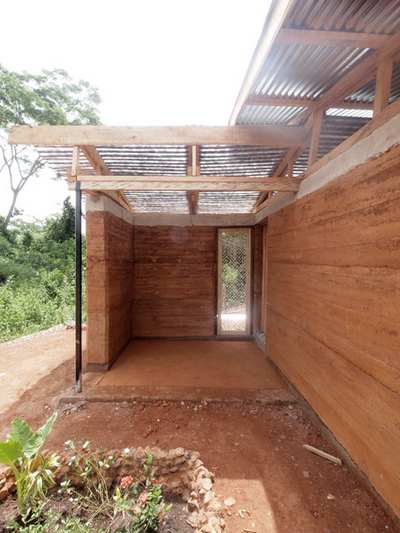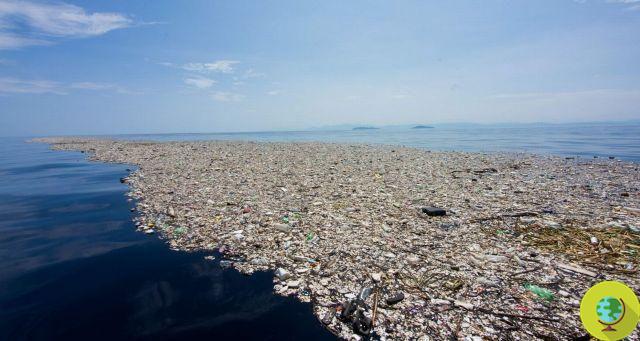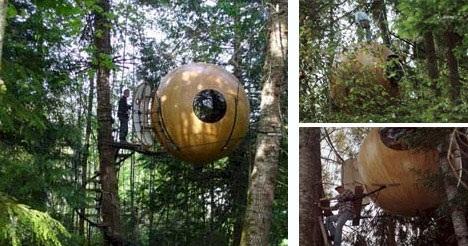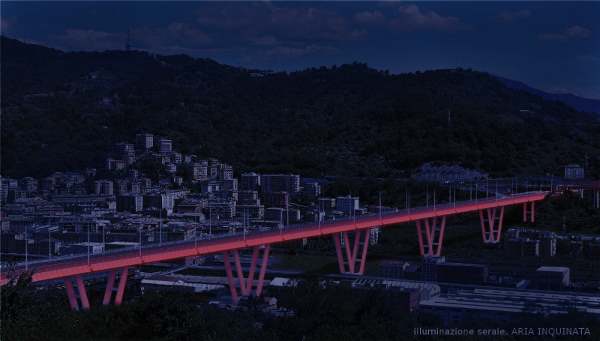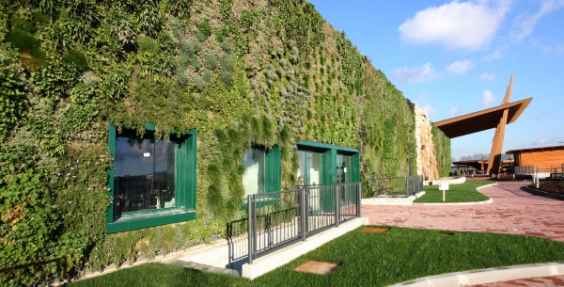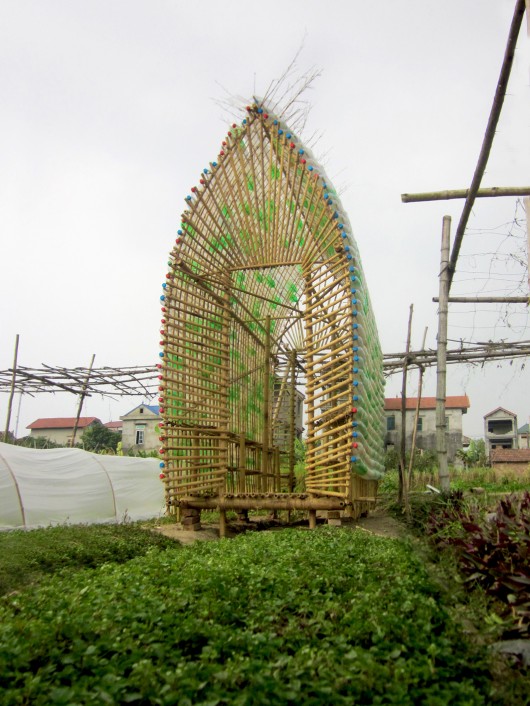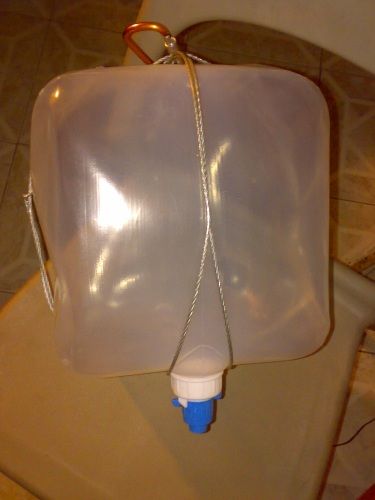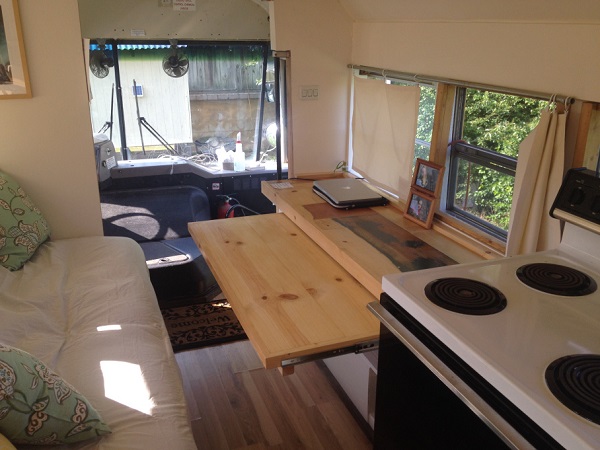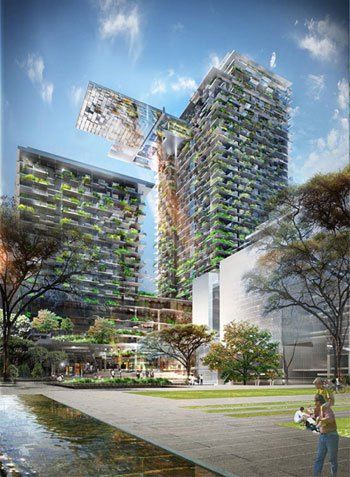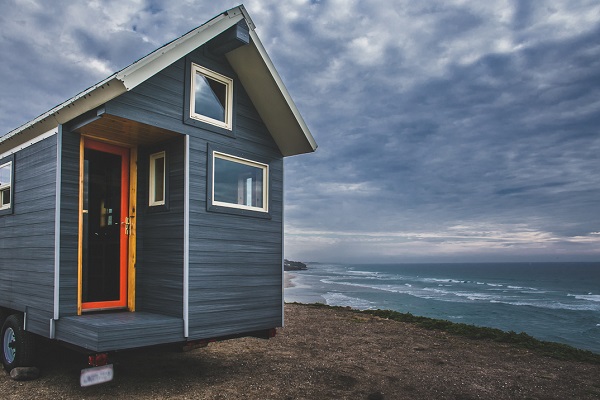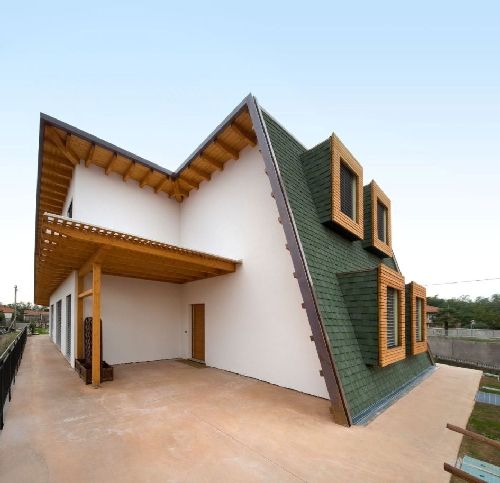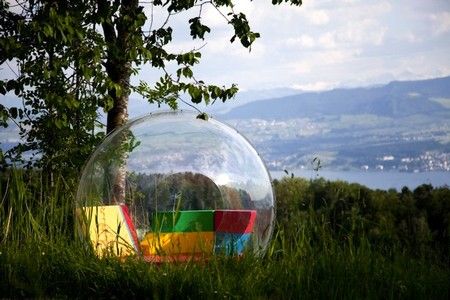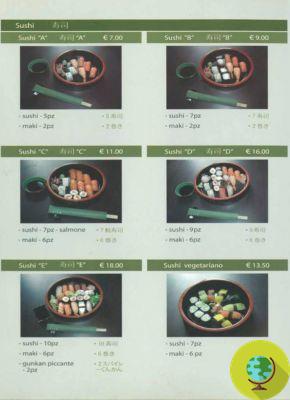
Can inspiration and bio-architecture interpenetrate and harmonize, giving life to original, interesting and eco-sustainable solutions? It seems so, if we think about the story we are about to tell you. Just imagine the situation: in Jakarta, Indonesia, a restaurateur specializing in Japanese cuisine, and in particular noodles, dreams of running an outdoor restaurant, knowing that this is not a common or particularly popular solution. Rather, it is a gamble, in the sense that customers may not appreciate the idea of eating outside, without the shelter and protection offered by the walls.
He is about to end up run over, his mother saves him
They can flair and bioarchitecture interpenetrate and harmonize, giving life to original, interesting and eco-sustainable solutions? It seems so, if we think about the story we are about to tell you. Try to imagine the situation: a Jakartain Indonesia, a restaurateur specializing in Japanese cuisine, and particularly in noodles, dreams of running an outdoor restaurant, knowing that this is not a common or particularly popular solution. It's, a bet, in the sense that customers may not appreciate the idea of eating outside, without the shelter and protection offered by the walls.
To put his dream to the test and understand if it is actually possible to make it come true, our enterprising restaurateur decides to contact the architects of the firm DSA + s, asking them to design one outdoor structure, low price e easily "mountable" and "disassembled". Yes, because, as we have anticipated, the idea, however brilliant, may not have any success: it is better, therefore, to contain the investment and not embark on too ambitious and "demanding" adventures.
The restaurateur's request is clear, but not very easy to satisfy: you need to design an outdoor space suitable for hosting more people, which offers the comforts of an indoor facility but which is also cheap to make and, in fact, "provisional", so that, in the event of poor results and negative feedback, one can easily go back. Designers set creativity in motion and try to combine all the elements into a mix that is as coherent as possible, with the aim of choosing the style and the materials most suitable construction.
The starting point is an almost banal question in its immediacy and simplicity: what is the main function of a building? The answer is just as simple: "protect", that is, repair yourself, wind, pioggia, outdoor… More or less like an umbrella. Here, then, is the creative idea, simple and original at the same time: create an outdoor restaurant that has the structure of a giant umbrella. As for the material, however, the team of DSA + s decides to focus on something resistant, practical and manageable, which allows to contain construction costs and which makes the structure, if necessary, easy to disassemble. In the end, the choice falls on Bamboo, a local material, therefore economical and easily available and transportable, and sufficiently ductile and robust.
Material and creative intuition in hand, DSA + s design one modular structure "Shelves": a "giant umbrella ”in bamboo, made by adding and overlapping many“ umbrellas ”of different sizes. This creates an enormous roof, consisting of a series of communicating roofs, to effectively protect the dining room from sun, wind, rain and adverse weather conditions: therain water it is collected on the roof and conveyed to the ground with a bamboo-coated tube. Each roof or umbrella of the roof is supported by a wide central column, which results from the union of several bamboo rays and ends in a flowerbed in the ground. The whole structure is held together by a particular type of rope, in order to be even more resistant and compact.
Thanks to all these insights and solutions, the Japanese bamboo restaurant, realized by DSA + s between 2009 and 2010 on a basis of approx 150 m², fits into harmonious way in the surrounding space, without creating fractures or dissonances. An interesting solution to unite and make different needs coexist: aesthetic, economic and environmental. With great satisfaction - we like to think - of our enterprising restaurateur.
Lisa Vagnozzi




